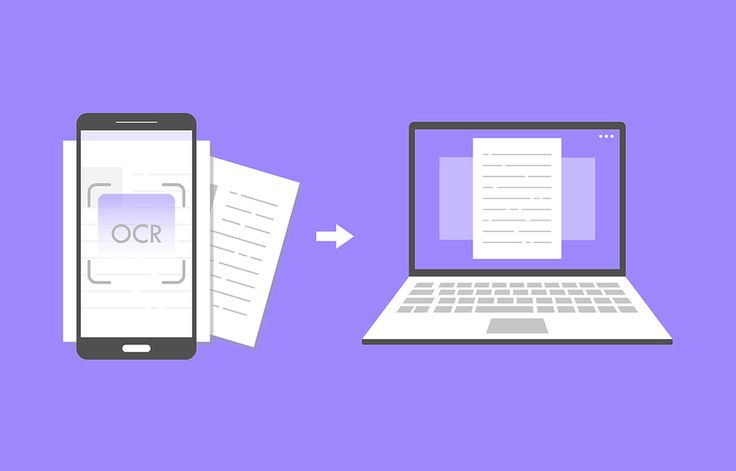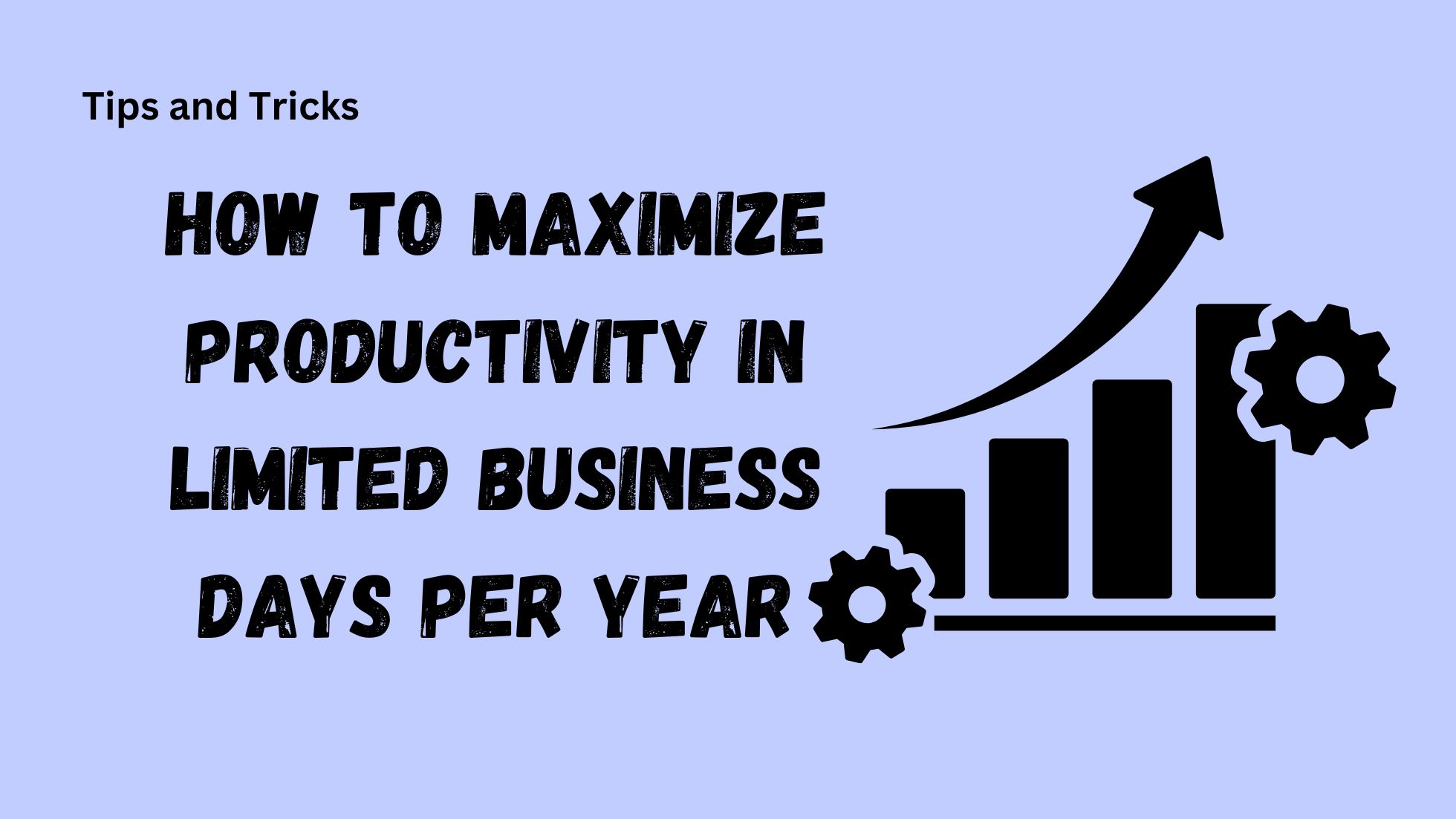Time is the most valuable resource in any business. With a limited number of business days per year, companies and professionals must optimize their workflow to achieve maximum efficiency. Whether you’re running a business, managing projects, or working as a freelancer, every business day counts.
But how do you ensure you’re making the most of each day?
By leveraging smart time management strategies, automation tools, and effective planning, you can increase productivity without burning out.
Additionally, tools like a business days calculator can help schedule projects efficiently, while AI-powered tools like an Image to Text Converter can save time by automating data extraction.
In this article, we’ll explore the best strategies to maximize productivity within limited business days.
Understanding Business Days and Their Impact
What Are Business Days?
Business days typically refer to Monday to Friday, excluding weekends and public holidays. The total number of business days per year varies depending on the country, industry, and holiday schedules. For example:
- The U.S. usually has around 250 business days per year.
- The U.K. has approximately 252 business days.
- Some industries, like finance, may have fewer days due to market closures.
Understanding how many business days in a year is crucial for planning workloads, meeting deadlines, and ensuring consistent productivity. A business days calculator helps estimate working days between specific dates, making project scheduling easier.
Why Limited Business Days Matter
Fewer business days mean tighter schedules, increased pressure, and less room for error. Without proper planning, businesses may struggle to meet goals, leading to inefficiency and missed opportunities. Maximizing productivity ensures that work is completed on time, even with a restricted number of days.
Effective Time Management Strategies
1. Set SMART Goals
Define Specific, Measurable, Achievable, Relevant, and Time-bound (SMART) goals to stay on track. Breaking down yearly goals into quarterly, monthly, and weekly tasks makes them more manageable.
2. Prioritize High-Impact Tasks
Use the 80/20 Rule (Pareto Principle)—80% of results come from 20% of efforts. Focus on the most valuable tasks that drive results rather than wasting time on low-impact activities.
3. Implement the Pomodoro Technique
Work in 25-minute focused sessions, followed by a 5-minute break. This method improves concentration and prevents burnout, especially when dealing with demanding tasks.
4. Use a Business Days Calculator for Planning
A business days calculator helps determine how many workdays are available for a project. This ensures realistic deadline setting and prevents last-minute rushes.
5. Automate Repetitive Tasks
Instead of spending hours on manual work, use automation tools to handle emails, invoicing, data entry, and content extraction. For example, an Image to Text Converter can extract data from scanned documents, eliminating the need for manual typing.

Leveraging Technology to Enhance Productivity
1. Project Management Software
Tools like Trello, Asana, and Notion help in task tracking, collaboration, and workflow automation.
2. AI-Powered OCR Tools
If your work involves processing a lot of scanned documents or images with text, an Image to Text Converter can save hours. Instead of manually typing out text, OCR technology extracts it instantly, increasing efficiency.
3. Communication & Collaboration Tools
Platforms like Slack, Microsoft Teams, and Zoom ensure seamless remote collaboration, reducing time wasted in unnecessary meetings.
4. Automate Data Entry and Document Processing
Use AI-powered tools for invoice scanning, contract digitization, and text extraction from PDFs to save time.
5. Business Days Calculator for Project Scheduling
Use a working days calculator to track available workdays and allocate tasks effectively, avoiding unnecessary overtime.
Enhancing Workplace Efficiency
1. Delegate and Outsource Work
- Assign tasks based on employee strengths.
- Outsource non-core activities (e.g., customer support, marketing, or data entry).
2. Implement a Task Management System
Use productivity frameworks like Kanban or Agile to manage workflows efficiently.
3. Minimize Distractions
- Use apps like RescueTime to monitor and limit distractions.
- Implement a distraction-free workspace with noise-canceling tools.
4. Optimize Meetings
- Reduce unnecessary meetings by using emails or collaboration tools.
- Keep meetings short and agenda-driven.

5. Utilize Image to Text Converter for Quick Document Processing
Digitizing handwritten notes or printed reports using an Image to Text Converter allows faster document handling, reducing manual workload.
Handling Deadlines and Workload During Peak Business Days
1. Plan for Holidays and Shorter Work Weeks
Use a business days calculator to determine working days around holidays and schedule accordingly.
2. Batch Process Tasks
Group similar tasks together (e.g., responding to emails, content creation, or invoicing) to avoid context switching and save time.
3. Maintain Work-Life Balance
- Encourage employees to take breaks and avoid burnout.
- Use wellness programs to boost productivity.
How OCR Technology Supports Productivity

1. Extracting Text from Scanned Documents
Using an Image to Text Converter, businesses can digitize invoices, contracts, and handwritten notes, reducing manual work.
2. Improving Data Accessibility
Convert paper-based records into searchable digital formats using OCR tools.
3. Enhancing Accuracy and Speed
AI-powered OCR tools minimize errors in manual data entry, making document processing faster and more accurate.
Applications of Business Days Calculator and Image to Text Converter
1. For Businesses & Professionals
- Plan projects effectively using a business days calculator.
- Automate document digitization with an Image to Text Converter.
2. For Students & Researchers
- Convert printed study material into editable text.
- Calculate available research and submission days.
3. For Freelancers & Content Creators
- Plan deadlines based on business days.
- Extract text from images to repurpose content.
Conclusion
With a limited number of business days per year, maximizing productivity requires smart time management, automation, and effective planning. By leveraging a business days calculator, you can efficiently plan projects, while tools like an Image to Text Converter streamline document processing, saving valuable time.
By implementing these strategies and utilizing AI-powered productivity tools, businesses and individuals can ensure they meet their goals within the available workdays. Start optimizing your workflow today and experience the benefits of efficient time management!

Leave a Reply